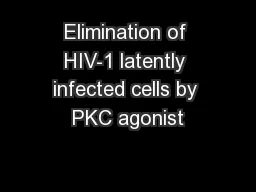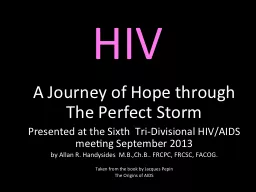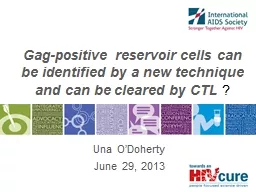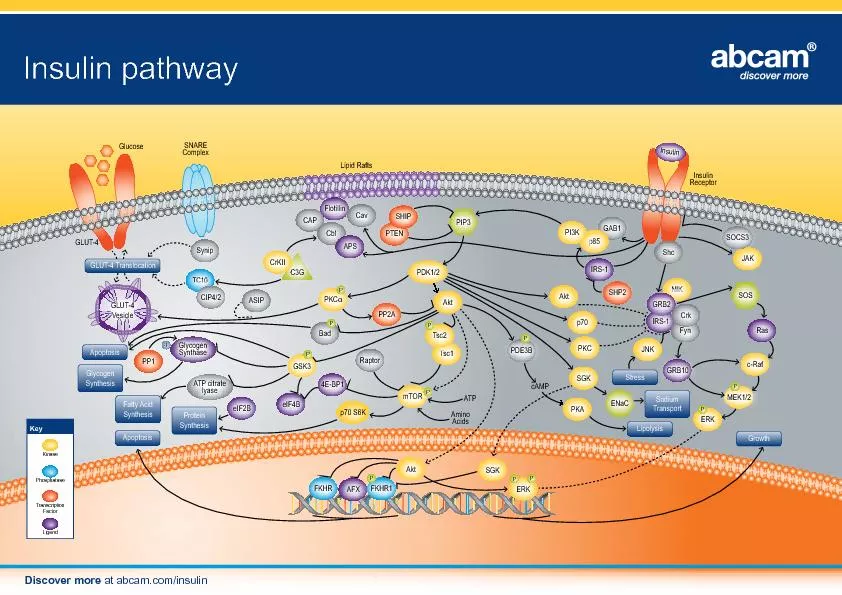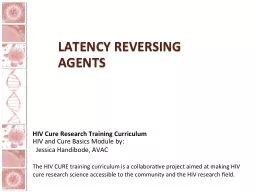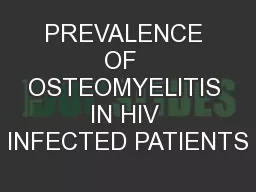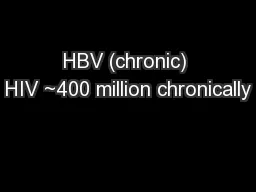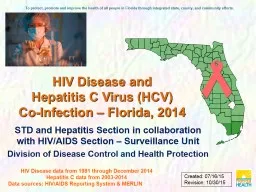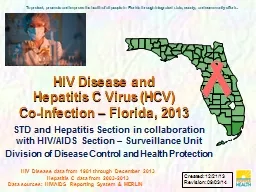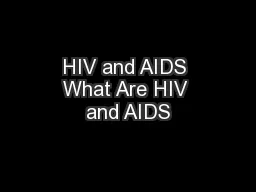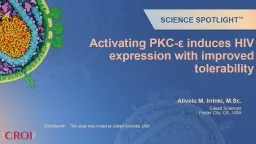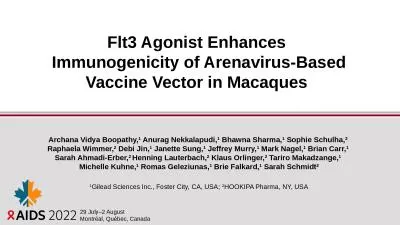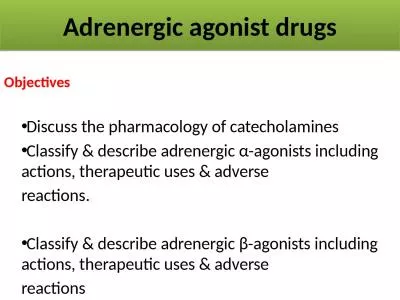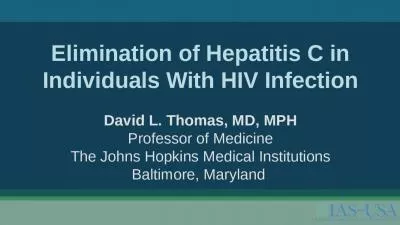PPT-Elimination of HIV-1 latently infected cells by PKC agonist
Author : pamella-moone | Published Date : 2017-10-22
gnidimacrin alone and in combination with an HDAC inhibitor Li Huang Duke University North Carolina USA Towards an HIV cure Latent HIV reservoirs Shock and
Presentation Embed Code
Download Presentation
Download Presentation The PPT/PDF document "Elimination of HIV-1 latently infected c..." is the property of its rightful owner. Permission is granted to download and print the materials on this website for personal, non-commercial use only, and to display it on your personal computer provided you do not modify the materials and that you retain all copyright notices contained in the materials. By downloading content from our website, you accept the terms of this agreement.
Elimination of HIV-1 latently infected cells by PKC agonist: Transcript
Download Rules Of Document
"Elimination of HIV-1 latently infected cells by PKC agonist"The content belongs to its owner. You may download and print it for personal use, without modification, and keep all copyright notices. By downloading, you agree to these terms.
Related Documents

